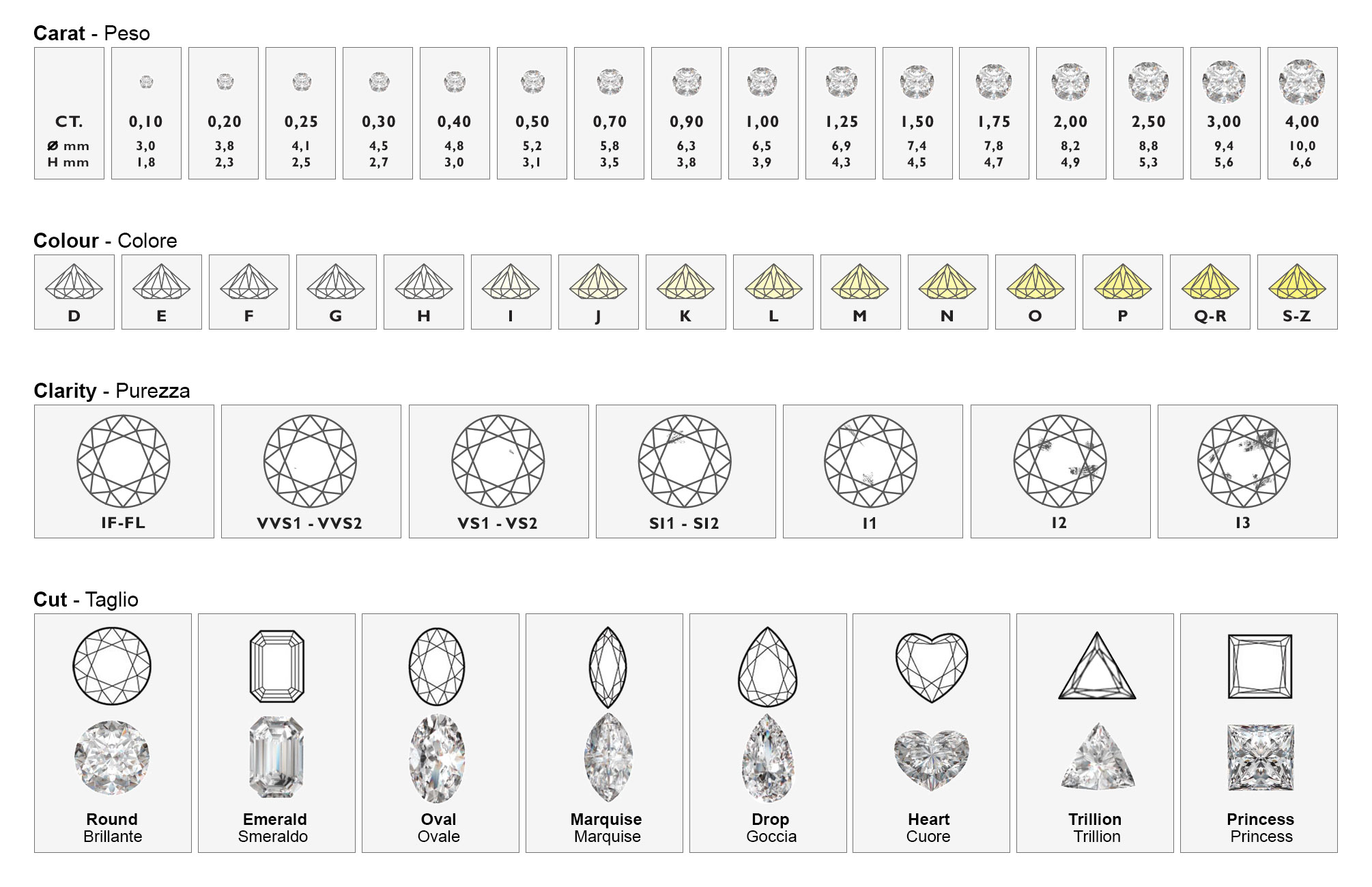SHINE
Pearl shine is correlated to its surface: an imperfect or marked surface negatively affects the pearl shine. Shine is a factor able to enhance a pearl and to make a difference.
The AAA classification system evaluates pearls on a scale going from A (the lowest vote, more than 25% of the surface has flaws) to AAA (the highest vote, at least 95% of its surface is flawless) and is usually used for freshwater pearls.
The A-D Classification system (or Tahiti system) considers pearls in a scale from A (the highest vote, with less than 10% of imperfect surface) to D (the lowest vote, imperfections on 60% of the surface).
SURFACE
Pearl beads surface is another important factor to be considered, in fact the more the surface is neat the more the pearl is valuable. The quality is determined starting from the observation of the peculiarities of the pearl surface, to determine the presence of any alteration visible to the naked eye on the pearl layer such as punctures, wrinkles, deposits, lines and outgrowths. A pearl is a natural gem, therefore pearl beads will always have some kind of imperfection, even if minimal, but if these imperfections are minimal, they will be imperceptible when they will be worn.
SHAPE
The most important factor is the shape. Round pearl beads are almost always the most prestigious ones, but there are also pearls having a baroque, semi-round, teardrop, oval and ringed shape.
COLOUR
Pearl beads exist in a wide range of colours. There is a difference between the pearl bodycolour and the overtone. For instance, some pearl bodycolours are white, champagne, pink, salmon, peach or lavender, sea green, golden and black. For each colour, there is a great number of overtones and subtle changes in the iridescence of the pearl surface (pearl orient).
DIMENSION
The last important factor is the dimension of the pearl beads. The most prestigious ones come from the South Seas and can reach a diameter of 20 mm. The most widespread pearl beads have an average diameter between 6.5 and 7 mm.


 Italiano
Italiano



